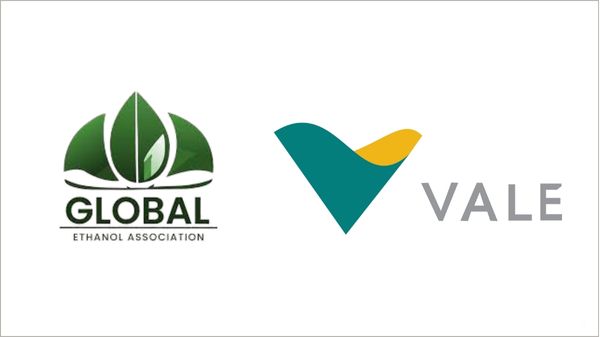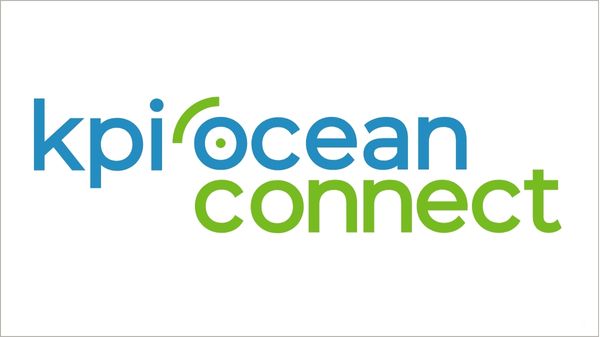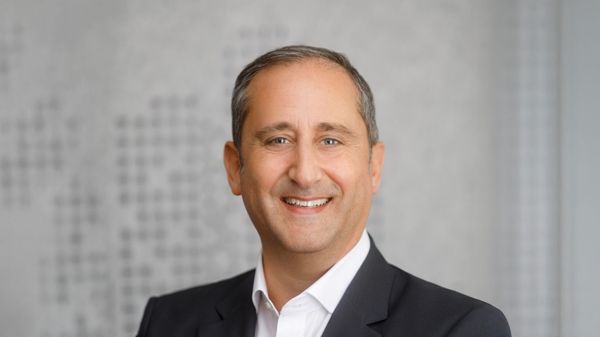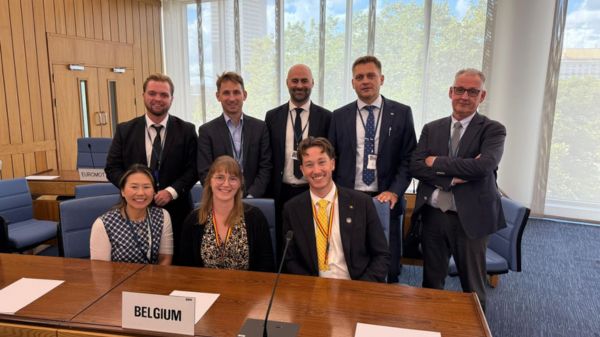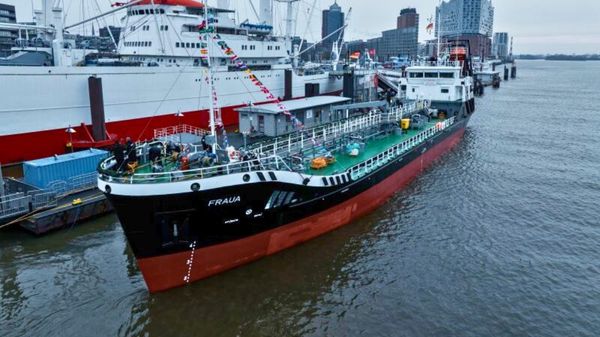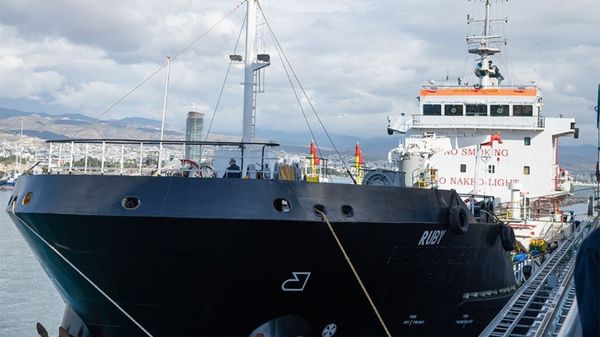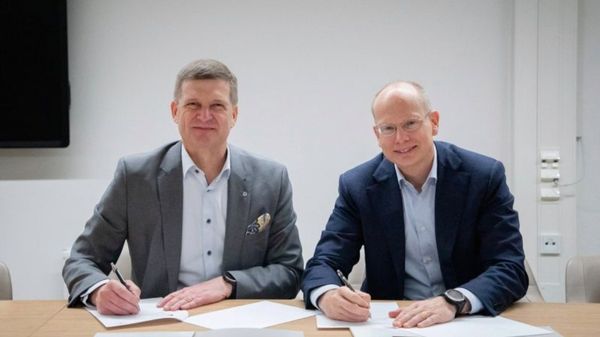The U.S. Federal Government has a stated intent to develop green energy policies to displace fossil fuels. But in a recent article for The Energy Collective consultant
John Miller questioned if the US Navy's '
Great Green Fleet' initiative is a sound and cost-effective move towards significantly reducing fossil fuels consumption and carbon emissions compared to the existing alternatives.
The US Navy's stated goal is to reduce petroleum consumption by 50% by 2020 and to achieve this they plan to switch to alternative green energy sources including advanced biofuels and renewable electric power.
Whilst the use solar photovoltaic to displace petroleum fuelled backup generators is seen as a practical strategy, Miller feels that substituting advanced biofuels for petroleum marine fuels is both extremely expensive and has questionable environmental benefits.
The development of the much Great Green Fleet has been beset with criticism. It is now seven years since Navy Secretary Ray Mabus first announced the concept of promoting alternative fuels and energy efficiency across the Navy, with the Navy pushing on with developments to maintain consistency with President Obama's position that "there is no greater threat to U.S. Security than climate change"
The cost of biofuels
During the early days of developing alternative fuels, the US Navy initially paid up to $400 per gallon for advanced biofuels. This cost rapidly became the subject of major program criticisms, whilst the Department of Defense defended the initial cost as developmental and key to making the GGF independent to fossil fuels in the near future.
Even with significant reductons over time when lawmakers learned the cost of the fuel still came to about $26 per gallon, a law was passed preventing bulk purchase of biofuels unless their cost was competitive with conventional fuel sources.
Fortunately, due to a combination of generous Federal Government subsidies and hundreds of millions in funding to private production refining companies, the cost of marine biofuels has now dropped to a couple dollars per gallon or about 50% greater than average petroleum marine diesel market costs.
The first of the ships of the Great Green Fleet runs on an alternative fuel blend containing waste beef fat - provided by farmers and ranchers in the Midwest. The alternative fuel blend, produced by AltAir Fuels out of California, is composed of a mix of beef tallow and traditional petroleum. The Navy has purchased 77.6 million gallons of the fuel at a competitive $2.05 per gallon.
Despite the incredible drop-in production costs, they still didn't make economic sense according to some detractors.
Robert Bryce, a fellow at the Manhattan Institute was quoted in an MIT Technical Review article in January 2016 called the biofuels program a 'scam' that was unlikely to ever make a significant dent in the consumption of conventional oil.
The MIT review article further points out that currently biofuels production and consumption stand at a fraction of the levels foreseen under the Renewable Fuel Standard, a federal mandate signed by President George W. Bush. When the Renewable Fuel Standard was written, the mandates outlined in the legislation created an industry whose size wouldn't make sense unless oil went north of $120 a barrel.
The net result of the unique and very limited access to GGF advanced biofuels is to make the original Navy program's goal of reducing total petroleum fuels consumption by up to 50% in 2020 extremely unlikely-to-infeasible; despite the very high costs compared to existing petroleum supplies.
Net energy values (NEV)
Often overlooked in the debate surrounding the Great Green Fleet is the fact that the initial algae-based advanced biofuels had hugely negative 'net energy values' (NEV). Having negative NEV's means that these developing the Navy's advanced biofuels consumed far more fossil fuels during their 'full-lifecycle' production-thru-consumption than petroleum fuels displaced. In other words, the net carbon emissions were many times greater than the fossil fuels displaced.
Whilst these initial algae biofuels never had the sustained development necessary to reduce their NEV value the analysis of a fuel's NEV remains a vital component of judging its long term impact on the environment. As yet there have been no credible analyses of the actual full-lifecycle NEV's or carbon emissions of the much cheaper GGF advanced biofuels currently in use.
Biofuels made from waste materials such as animal fats could feasibly reduce full lifecycle carbon emissions by up to 50% compared to the displaced petroleum fuels.
However, the actual impact depends on the level of fossil fuels consumed in the full lifecycle's 'supply chain' from production through consumption and this includes accounting for availability and transportation to the required location. Given that the Great Green Fleet's advanced biofuel system is new and segregated from existing marine fuels supply chains and infrastructures this will lead to inefficient operations (increased fossil fuels consumption) compared to existing marine fuels supply chains.
Not only does this significantly increase the full actual and sustainable costs of blended biofuel-diesel marine fuels, but advanced biofuels have generally limited access to the US Navy via U.S. West Coast ports.
Response to criticism
The Great Green Fleet entered the Mediterranean Sea in early June to conduct military operations in international co-operation and demonstrate the importance of alternative energy. US Navy Secretary Ray Mabus was on hand to watch breakthrough refuelling operations between the US Navy and the Italian Navy. He was quick to defend the Great Green Fleet against criticism, pointing out that in addition to emission reductions the aim was to ensure that the US and its allies weren't vulnerable to disruptions of traditional fuel supplies and highlighted Russia's threat to cut off Ukraine's fuel supply as an example of that vulnerability.

